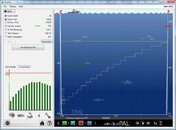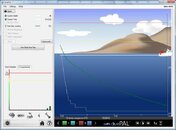- Messages
- 22,171
- Reaction score
- 2,803
- # of dives
- 5000 - ∞
How does that effect the time-to-fly limitations?
As Billy-Bob used to say, when he was still with us, "Green gas is good gas."I don't think cascas understands decompression theory. Ascent rates have nothing to do with the question at hand.
Tech dives have much longer bottom times at higher pressures, resulting in a more nitrogen loading, especially the slower tissue compartments. The time to off-gas those slow compartments is correspondingly longer.
The bet was over someone who was doing repetitive dives to 250 feet and then flying. Tech has the advantage of decoing on 100% O2, which is what he did. It has nothing to do with ascent rates. He was able to off-gas enough on 100% O2 to keep himself from getting bent when he got on the plane.
Even that is likely wildly conservative. The old guideline was USN Repetitive Dive Group D in order to fly. USN Repetitive Dive Group D was a flawed guideline because a diver who had just entered D was safe to fly, but a D diver about to enter E was not. So we cut it back to USN Repetitive Dive Group C. If you have any decompression planning software, play with it ... you'll be amazed at what a great tool pure oxygen is, especially when delivered in the water at a shallow stop.
I think that's the real reason. Even I, neophyte that I am, have noticed my computer tells me a much shorter "no fly" time after a tec dive decompressing on pure O2 (usually circa 14 hours) than it does after a non-decompression dive with a standard safety stop (usually circa 19 hours).







